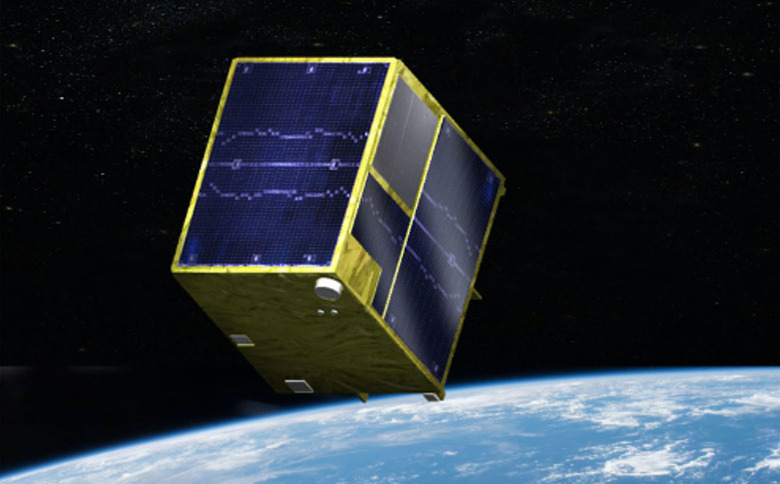Groundbreaking SunRISE Telescope Could Help Map A Safe Route To Mars
An innovative distributed telescope, combining the efforts of six satellites, will give NASA an unprecedented insight into some of the Sun's most powerful – and dangerous – activity. The Sun Radio Interferometer Space Experiment, or SunRISE, is a new multi-million dollar application of cutting-edge CubeSat technology, and if successful could pave the way to a whole new, and more affordable, age of space science.
Traditional space telescopes, perhaps the best known of which being Hubble, are huge, complex, and above all expensive. By the time it launched, the Hubble Space Telescope had cost $4.7 billion, a huge increase over the original estimates of $400 million. Now, though, NASA scientists are looking beyond the traditional mode.
For SunRISE, it's all about taking advantage of CubeSats. Rather than a completely new design each time around, CubeSats – also known as U-class spacecraft – standardize around a 10 cm cube. They're intended to weigh no more than 2.9 pounds each, and often tap into off-the-shelf commercial components to help save on development costs where possible.

The regularity of their size and weight makes for more efficient launches, with the potential to load numerous CubeSats onto a single rocket and then deploy them at commercial scale. For SunRISE, though, a single CubeSat wouldn't be sufficient to track the Sun's solar particle storms. Instead, the project looks to combine multiple satellites into a collective.
Six will operate as an array, effectively coming together as a vast, distributed radio telescope. Each will be solar-powered, and roughly the size of a toaster oven. They'll be deployed above Earth's atmosphere, but within around 6 miles of each other, and simultaneously collect radio images of low-frequency emissions caused by solar activity.
That would normally be blocked by the atmosphere, but the CubeStats will be able to triangulate where each of the giant particle bursts originate on the Sun. They'll then be able to construct 3D models of how each of those radiation eruptions expand and evolve. Collectively, they'll be able to map the magnetic field lines that radiate out from the Sun and into interplanetary space.
It's a big challenge, but SunRISE looks to achieve it at a fraction of the cost usually associated with space telescopes. NASA has awarded the project – led by Justin Kasper at the University of Michigan in Ann Arbor and managed by NASA's Jet Propulsion Laboratory (JPL) in Pasadena, California – $62.6 million to design, build, and launch the six satellites. The idea is to hitch a ride on a commercial Maxar satellite, which will release the CubeSats when it reaches orbit.
While the budget may be – in space terms – low, the potential value of the research could be huge. One of the biggest challenges for headline missions like Artemis, which seeks to first return crewed spacecraft to the Moon before venturing out deeper into the solar system with a mission to Mars, is dealing with solar radiation. If insufficiently shielded, that could end up fatal to a human crew.
